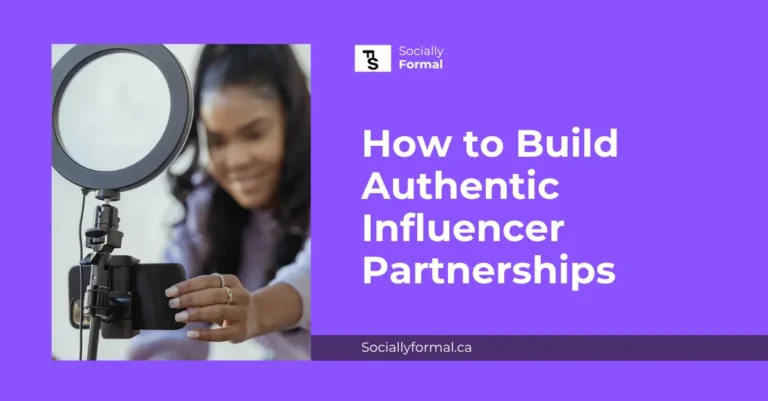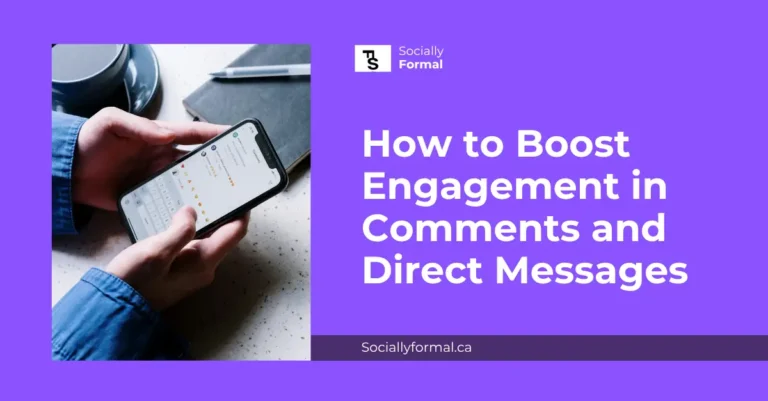Boosting Content Strategy with Social Listening Tools
Boosting Content Strategy with Social Listening Tools – In today’s digital landscape, creating content that resonates with your audience is more crucial than ever. As we navigate 2025, the key to success lies in understanding your target market’s preferences, interests, and behaviors. This is where social listening tools come into play, offering invaluable insights that can shape and refine your content strategy. Let’s explore how these powerful tools can revolutionize your approach to content creation and social media marketing.
Understanding Social Listening
Social listening goes beyond simply monitoring mentions of your brand online. It involves analyzing conversations and trends related to your industry, competitors, and target audience across various social media platforms and online spaces. By leveraging social listening tools, content creators and marketers can gain a comprehensive understanding of their audience’s needs, pain points, and interest.

The Impact of Social Listening on Content Strategy
1. Identifying Trending Topics
One of the primary benefits of social listening is its ability to uncover emerging trends within your industry. By tracking relevant keywords, hashtags, and conversations, you can identify topics that are gaining traction among your target audience. This insight allows you to create timely, relevant content that capitalizes on current interests and discussions1.
For example, a fashion brand might use social listening tools to detect rising interest in sustainable materials. Armed with this information, they can develop content series focusing on eco-friendly fashion, positioning themselves as thought leaders in this emerging trend.
2. Understanding Audience Sentiment
Social listening tools often come equipped with sentiment analysis capabilities, allowing you to gauge how your audience feels about specific topics, products, or brands. This emotional insight is crucial for tailoring your content’s tone and messaging to resonate with your audience’s current mood and preferences1.
If you notice a surge in negative sentiment around a particular industry practice, for instance, you might create content that addresses these concerns and showcases your brand’s commitment to ethical standards.
3. Competitive Analysis
By monitoring conversations about your competitors, you can gain valuable insights into their strengths, weaknesses, and content strategies. This information allows you to identify gaps in the market and create content that differentiates your brand1.
For example, if you notice that your competitors’ content lacks in-depth technical information, you might focus on creating detailed, expert-level content to position your brand as an industry authority.
4. Content Ideation
Social listening tools are a goldmine for content ideas. By analyzing the questions, comments, and discussions your audience engages in, you can identify topics that genuinely interest them. This approach ensures that your content strategy aligns closely with your audience’s needs and curiosities1.
Consider creating a FAQ series or a “myth-busting” content campaign based on common questions or misconceptions you uncover through social listening.
5. Optimizing SEO Strategy
Social listening can significantly inform your SEO efforts by revealing the language and terms your audience uses when discussing topics related to your brand or industry. By incorporating these organic keywords and phrases into your content, you can improve your search engine rankings and increase the discoverability of your content.
Implementing Social Listening in Your Content Strategy
Now that we understand the benefits, let’s explore how to effectively implement social listening in your content strategy:
1. Set Clear Objectives
Before diving into social listening, establish clear goals for what you hope to achieve. Are you looking to improve brand sentiment, identify new content opportunities, or track the performance of a specific campaign? Setting clear objectives will guide your listening efforts and help you measure success.
2. Choose the Right Tools
Selecting the appropriate social listening tools is crucial for effective implementation. Tools like Sprout Social, Hootsuite, and Brandwatch offer comprehensive features including real-time monitoring, sentiment analysis, and competitive insights. Consider your specific needs and budget when choosing a tool.
3. Define Relevant Keywords and Topics
Identify the keywords, phrases, and hashtags most relevant to your brand and industry. Include variations and related terms to ensure comprehensive coverage of relevant conversations,
4. Monitor Multiple Platforms
Ensure your social listening efforts span across various platforms where your audience is active. This might include major social networks, forums, blogs, and review sites.
5. Analyze and Act on Insights
Regularly review the data and insights gathered through your social listening tools. Look for patterns, emerging trends, and shifts in sentiment. Use these insights to inform your content calendar, adjust your messaging, and refine your overall content strategy.
6. Engage in Real-Time
Use social listening to identify opportunities for real-time engagement. Respond to questions, address concerns, and join relevant conversations to build relationships with your audience and establish your brand as responsive and engaged.
Overcoming Challenges in Social Listening
While social listening offers numerous benefits, it’s important to be aware of potential challenges:
1. Data Overload
With the vast amount of data available, it’s easy to become overwhelmed. Focus on the metrics and insights most relevant to your objectives to avoid information overload.
2. Accuracy of Sentiment Analysis
While sentiment analysis tools have improved significantly, they may still struggle with nuances like sarcasm or cultural context. Always combine automated analysis with human insight for the most accurate understanding.
3. Privacy Concerns
As you collect and analyze social data, be mindful of privacy regulations and ethical considerations. Ensure your social listening practices comply with platform policies and data protection laws.
Case Studies: Social Listening Success Stories
Starbucks: Adapting to Regional Preferences
Starbucks utilized social listening tools to measure customer reactions when launching their Pumpkin Spice Latte in new markets. The feedback indicated mixed responses due to regional taste preferences. Starbucks quickly adapted its strategy by introducing local flavor variations, improving customer satisfaction and avoiding potential damage to its brand reputation in these new markets.
Fitbit: Consumer-Inspired Product Development
Fitbit leverages social listening to monitor customer sentiment and guide product development. By closely tracking social media channels, Fitbit identifies emerging problems and gathers data to improve troubleshooting. This approach led to the development of the “Reminders to Move” feature, inspired by customer requests identified through social listening.
The Future of Social Listening in Content Strategy
As we look ahead, the role of social listening in content strategy is set to become even more crucial. Advancements in AI and machine learning are enhancing the capabilities of social listening tools, offering more nuanced insights and predictive analytics.
In 2025, we’re seeing an increased integration of social listening with other marketing technologies, creating a more holistic view of the customer journey. This integration allows for more personalized content strategies that adapt in real-time to audience preferences and behaviors.
Conclusion
Social listening tools have become indispensable for content creators and marketers looking to stay ahead in the digital landscape. By tapping into the wealth of insights these tools provide, you can create content that truly resonates with your audience, addresses their needs, and positions your brand as a leader in your industry.
Remember, effective social listening is an ongoing process. Continuously refine your approach, stay attuned to emerging trends, and be ready to adapt your content strategy based on the insights you gather. In doing so, you’ll ensure that your content remains relevant, engaging, and impactful in the ever-evolving digital conversation.
As we navigate the complexities of the digital world in 2025, those who master the art of social listening will find themselves well-equipped to create content that not only reaches their audience but truly speaks to them. Embrace these tools, stay curious, and let the voice of your audience guide your content strategy to new heights of success.



